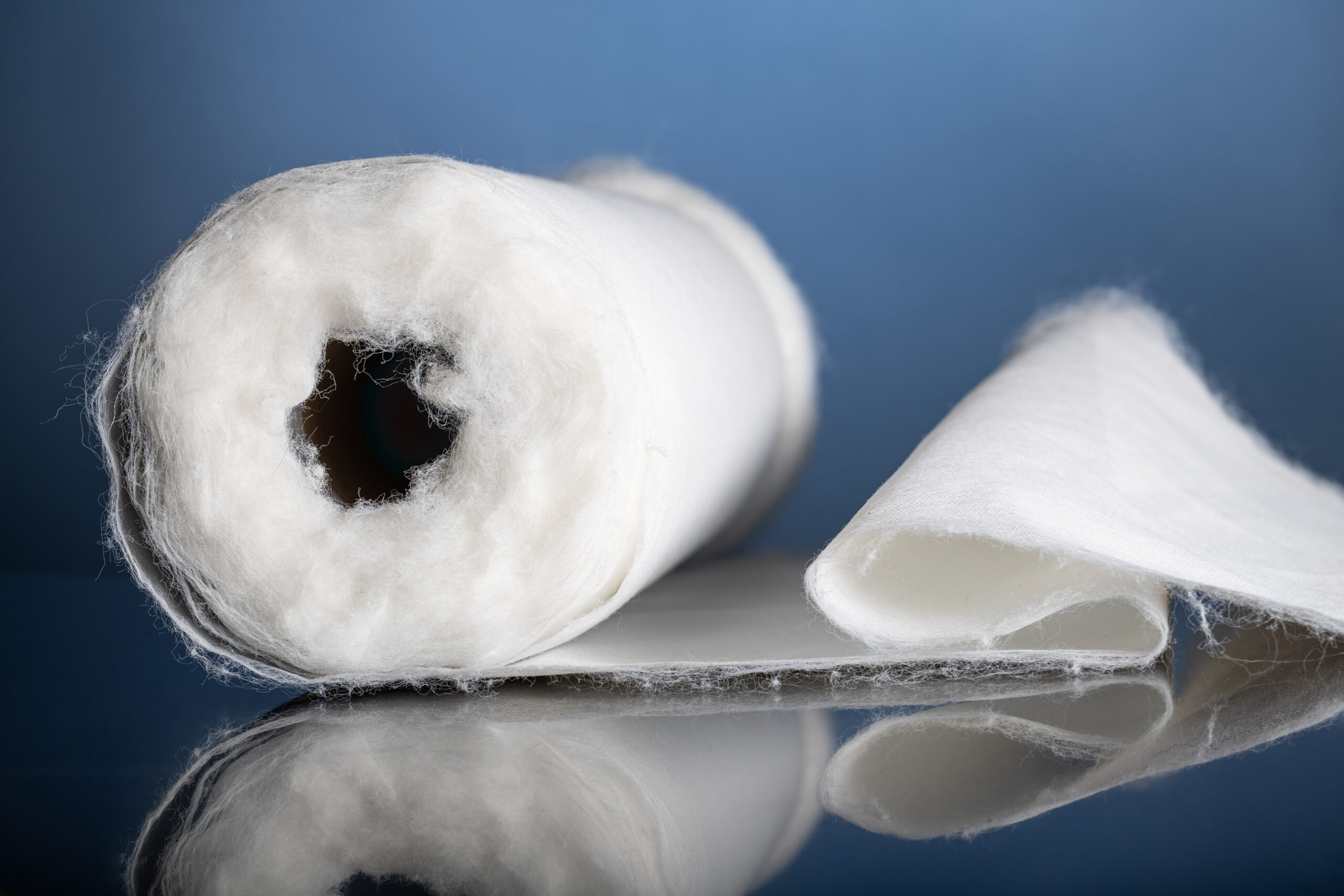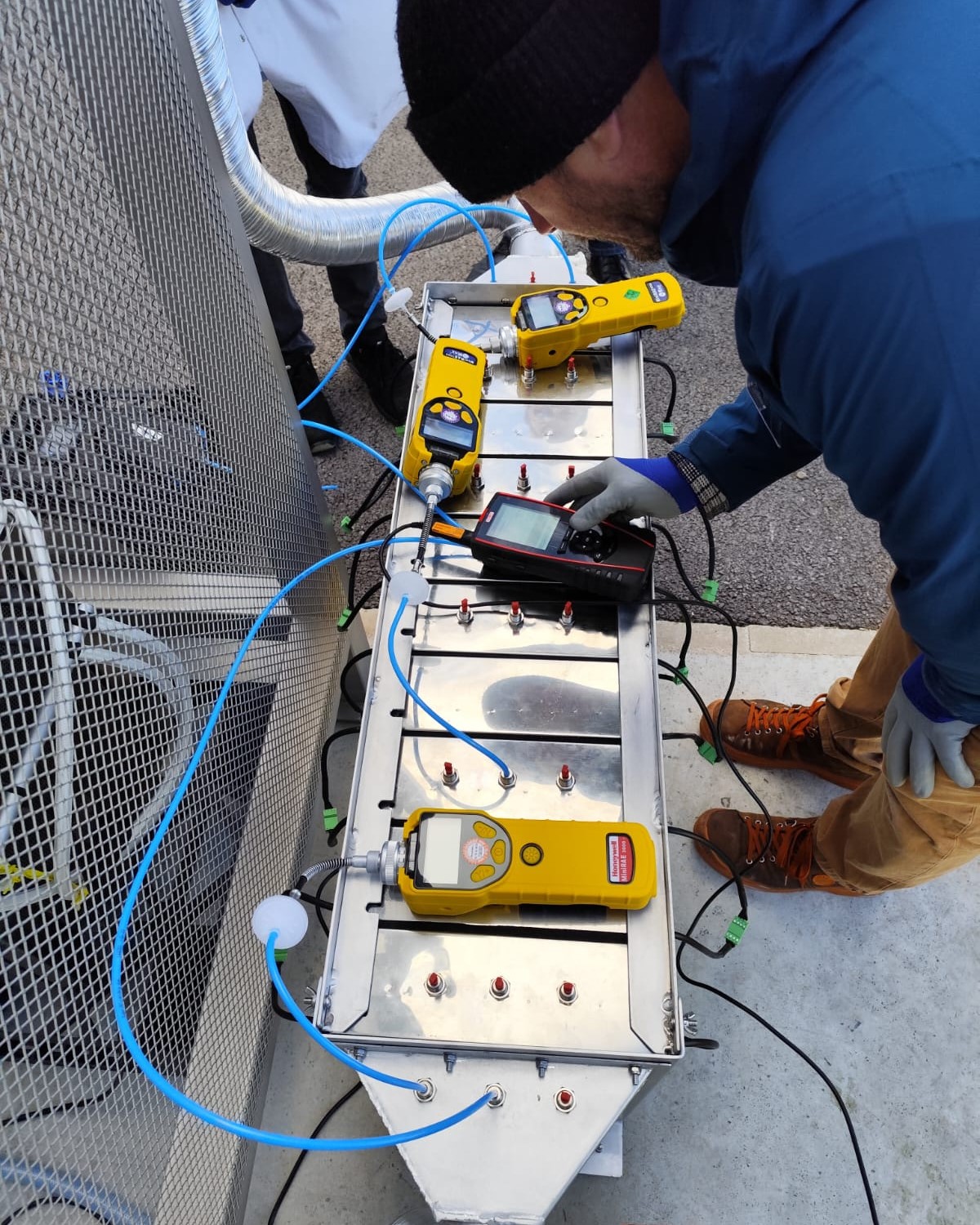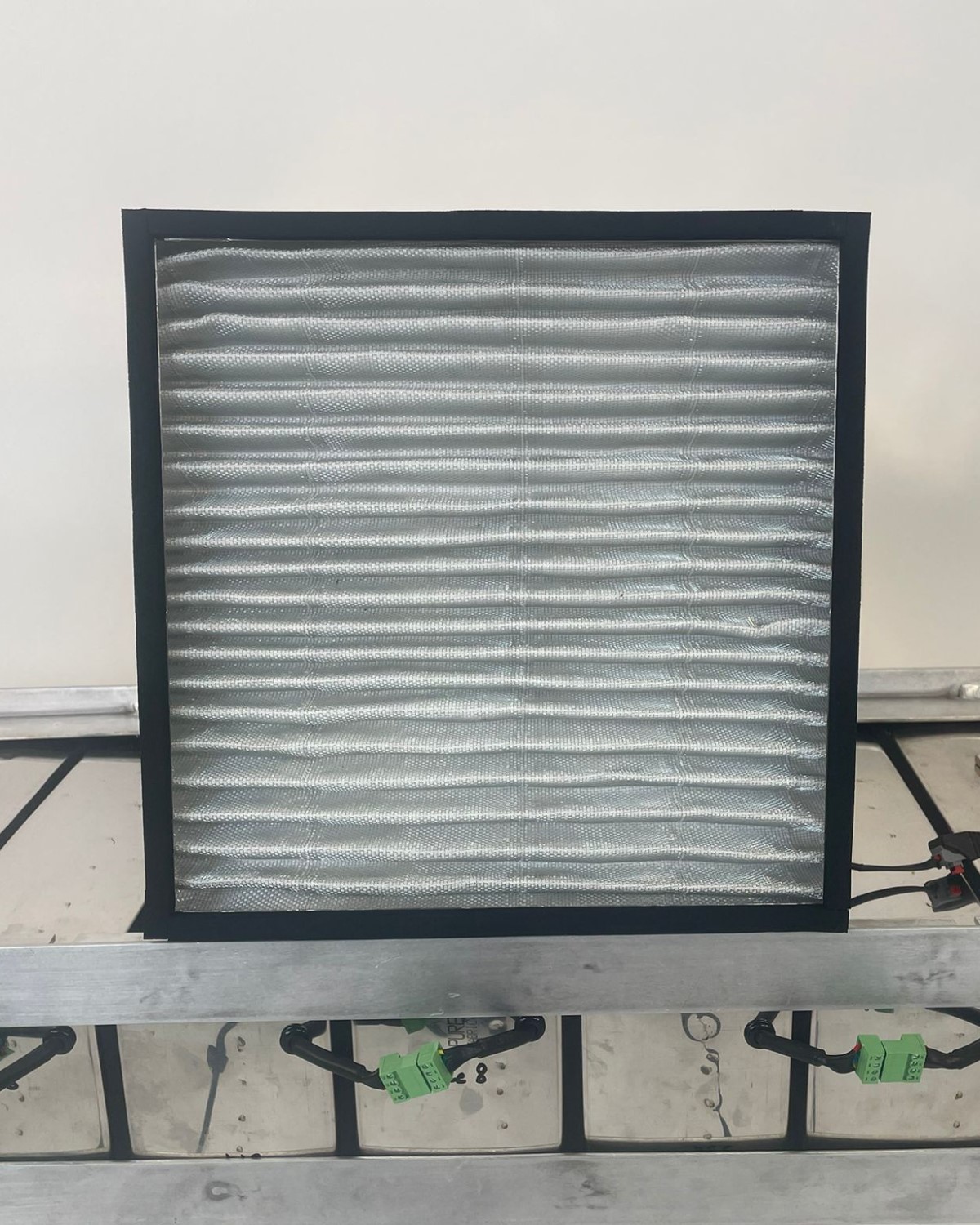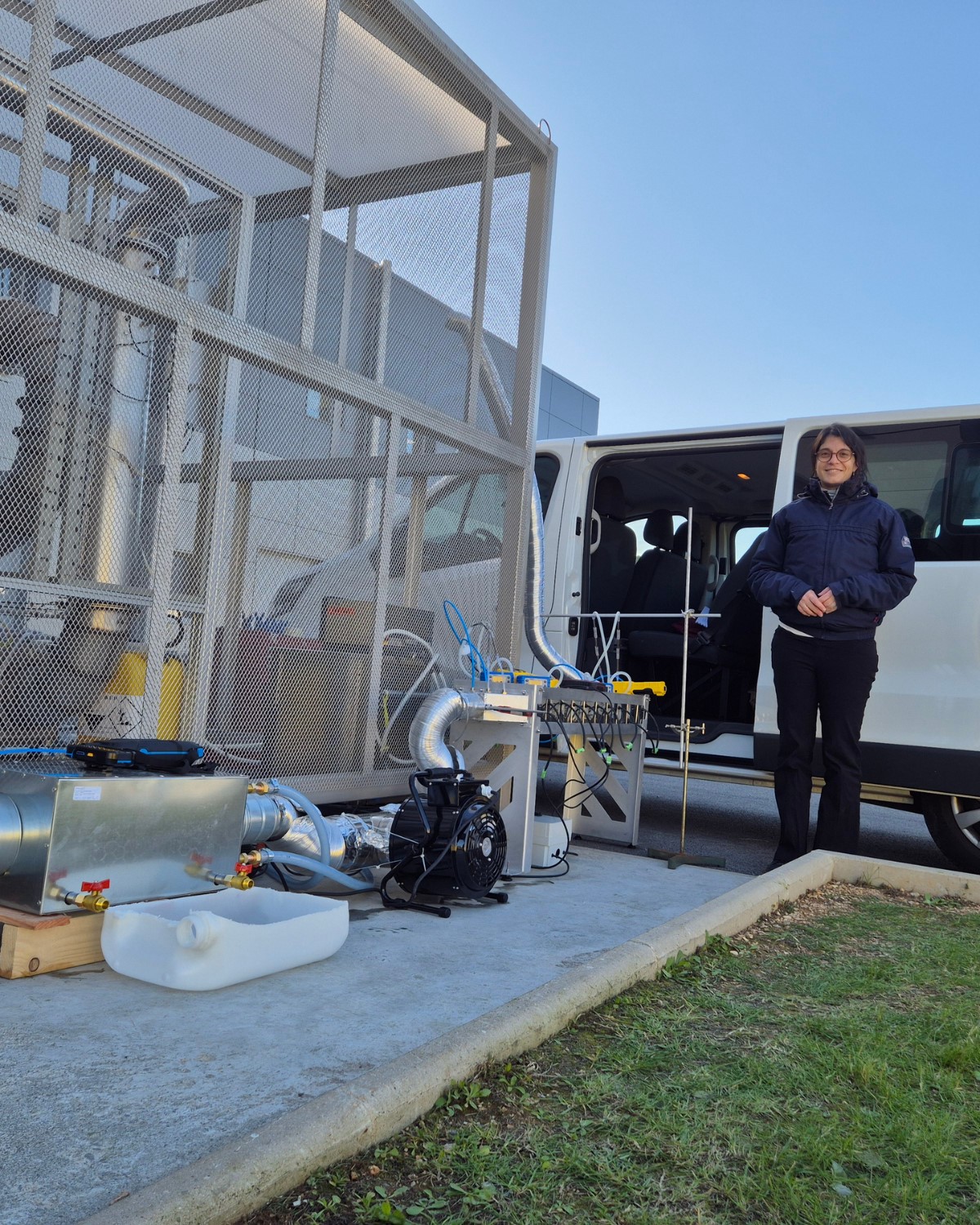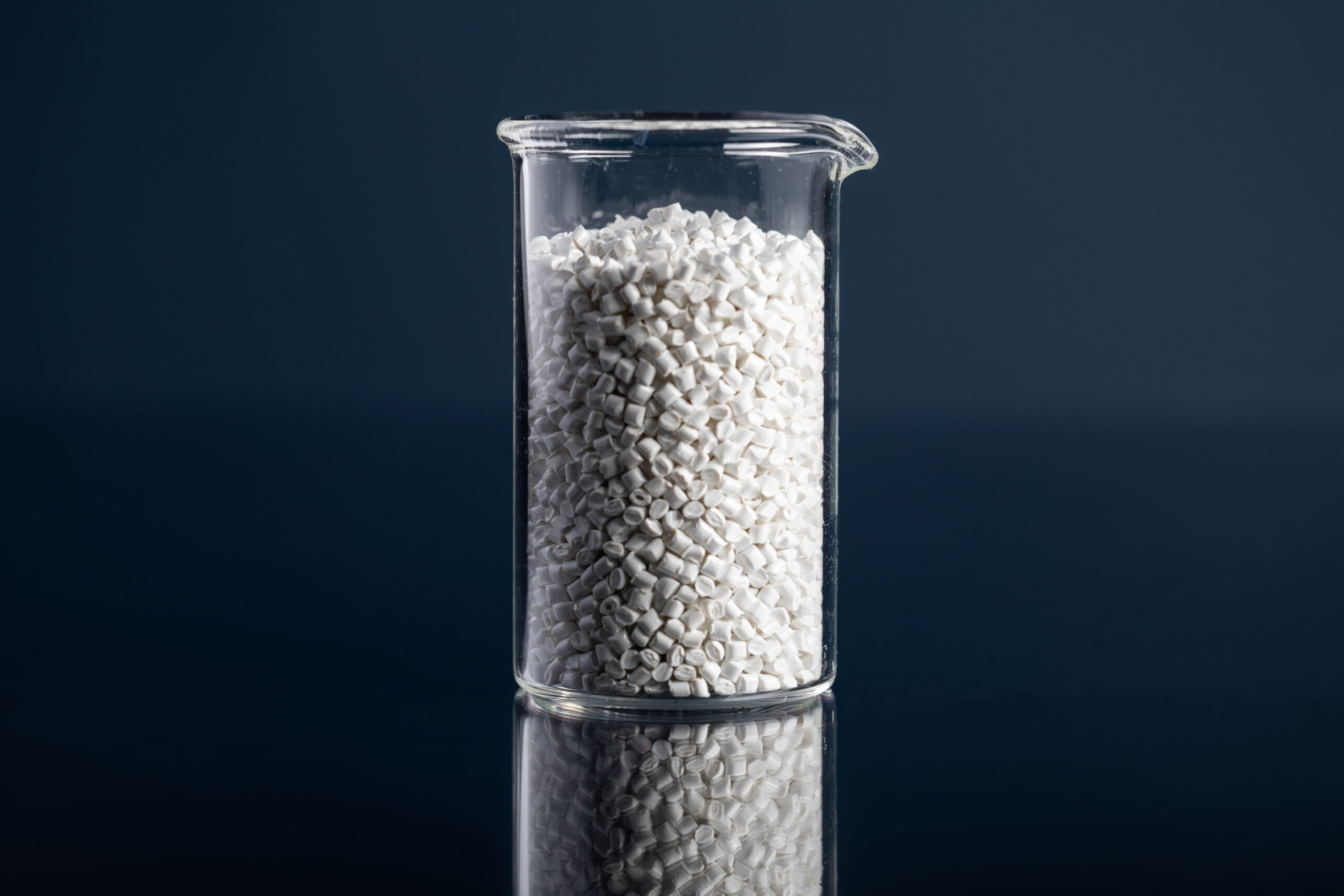The PureNat active photocatalytic textile filter
Air pollution-CO2 mitigation
Indoor air pollution and the need for sustainable, effective air purification solutions.
Contact

PureNat
Company Established Year
Who is this solution for
Info
Available

Project Status
Looking to expand internationally
Doing business in
Awards and certifications
Atelier de l’Innovation du Pays Basque
Recognition for its innovative depolluting fiber.
Pollutec Innovation Awards
Granted in recognition of its disruptive air purification technology.
Global Industrie Awards (“Jeune Pousse”)
Awarded as a promising industrial deep‑tech startup.
Product description
The PureNat active photocatalytic textile filter is a groundbreaking solution for indoor air purification. It utilizes biomimetic polymer fiber technology activated with a photocatalyst to effectively eliminate organic pollutants in the air. Unlike traditional filters that only trap pollutants, this innovative filter converts them into harmless by-products, ensuring a cleaner and healthier indoor environment.
The design of the filter is inspired by diatom cell structures, maximizing the surface area for air-to-active interaction. This unique approach ensures consistent performance over time without the risk of clogging, providing long-lasting efficiency. Additionally, the filter's low pressure drop reduces energy consumption by up to 30%, making it an energy-efficient choice for air purification systems.
With its durable construction and minimal maintenance requirements, the PureNat filter offers a sustainable alternative to traditional filters. Its adaptability to various air systems, including industrial, commercial, transport, and residential settings, allows for scalable and eco-efficient installation. Supported by a patent and successful industrial pilots, this filter is a high-performance solution for modern indoor air treatment.
Key characteristics and environmental benefits
- Utilizes biomimetic polymer fiber technology activated with a photocatalyst
- Converts organic pollutants into trace CO₂ and water vapor without releasing harmful by-products
- Inspired by diatom cell structures for maximum air-to-active-surface interaction
- Low pressure drop reduces energy consumption by up to 30%
- Durable design cuts maintenance and waste, ensuring long-lasting efficiency
- Plug-and-play adaptability for industrial, commercial, transport, and residential air systems
- Backed by a patent and industrial pilots demonstrating significant pollutant reduction
- Sustainable, high-performance alternative for indoor air treatment
About the Company
Ask about The PureNat active photocatalytic textile filter
Hi there! I’m here to help you quickly understand what this green solution is about — without needing to read the full page.
You can ask me things like:
- What problem does it solve?
- How does it help the environment?
- What makes it different?
Let’s explore together!
You can try asking:
Oops, it seems like you're not a member.
Sign up! It's free. You'll be able to read all the articles you like, download PDFs, and get in contact with the respective owners.
Have an account already? Sign in here
